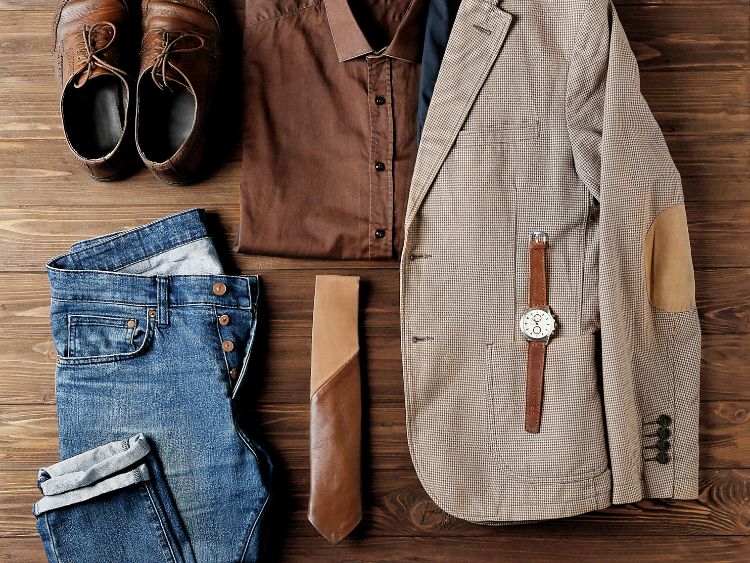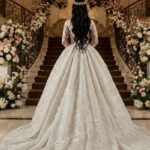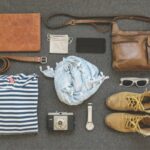The 1920s was a period of significant change, not just in society and culture, but in fashion as well. Men’s fashion in the 1920s was defined by sharp lines, tailored fits, and a move toward more relaxed yet elegant styles. The decade brought a transition from the formality of the early 1900s to a more comfortable and expressive way of dressing. Let’s take a deep dive into the iconic looks of the 1920s and explore how they have left a lasting impact on men’s fashion today.
The Foundation of 1920s Mens Fashion
Men’s fashion in the 1920s was a perfect blend of tradition and modernity. It reflected the optimism and exuberance of the post-World War I era. The formal attire of earlier years remained, but with a more casual twist. The 1920s saw men stepping out in tailored suits, vests, and high-waisted trousers, all of which became essential elements of their everyday wardrobe.
Focus Keyword: 1920s mens fashion
The Influence of the Jazz Age
The Jazz Age had a significant impact on the way men dressed. As jazz music flourished, so did a more carefree and fun approach to fashion. The nightlife scene encouraged men to dress to impress, and evening wear became a vital part of the wardrobe. The tuxedo, which was less formal than a tailcoat but still sophisticated, became popular for evening events, while the traditional tailcoat was reserved for the most formal occasions.
Essential 1920s Menswear Pieces
To get a proper sense of 1920s mens fashion, we need to take a closer look at the key pieces that defined the decade.
1. Suits and Blazers
Suits were at the core of men’s fashion in the 1920s. Whether for work, social gatherings, or a night out on the town, men wore tailored, three-piece suits. The suit jacket featured a structured, padded shoulder and a looser fit around the body, often made of wool or tweed.
Key Elements:
- Single-breasted suits: The dominant style, with two to three buttons.
- High-waisted trousers: These pants were designed to sit higher on the waist and often came with wide legs.
- Matching waistcoat: Completing the three-piece look was a waistcoat (or vest), which added layers to the ensemble.
2. Shirts and Ties
The shirts of the 1920s had detachable collars, a feature that allowed men to change the style of their shirts without needing a whole new garment. Stiff, starched collars were a mark of sophistication.
Ties were slim and often in bold, geometric patterns or stripes, reflecting the Art Deco style popular in the period. Bow ties also saw frequent use, particularly in formal settings.
3. Footwear
Men’s shoes were not overlooked during the 1920s, either. Black leather oxfords, two-tone brogues, and patent leather shoes became staples. A polished, sleek look was essential.
4. Accessories
Hats played a major role in 1920s mens fashion. The most popular styles included:
- Fedoras: For a sharp, everyday look.
- Boater hats: Made from straw, these were perfect for summer outings.
- Newsboy caps: Common among working-class men but became a symbol of casual style.
Men also sported pocket squares, cufflinks, and watches to complete their look.
1920s Casual Wear
Not every occasion called for a three-piece suit. Casual wear was becoming more prevalent, thanks in part to the rise of sports and leisure activities. This era saw men embracing sweaters, knitted cardigans, and plus fours (a type of knickerbockers that extended four inches below the knee), often worn during golf outings or leisurely afternoons.
The Influence of Hollywood
Hollywood had a significant role in shaping 1920s mens fashion. Actors such as Douglas Fairbanks and Rudolph Valentino were style icons whose on-screen and off-screen wardrobes were closely followed by the public. Men aspired to replicate the dapper, debonair looks of these silver screen legends, further spreading the popularity of the tailored suit and suave accessories.
A Shift Towards Comfort
While the earlier decades of men’s fashion were all about structure and strict formality, the 1920s introduced more comfort into daily attire. Fabrics became lighter, and suits featured a looser fit, allowing men more movement. This was especially true in the summer months, where lighter wool and linen suits became the norm. The goal was to look smart without sacrificing ease.
1920s Evening Wear: Black Tie and White Tie Events
For formal occasions, the 1920s man had two go-to choices: the black tie and white tie attire.
1. Black Tie
Black tie events called for the tuxedo. The jacket was often midnight blue, and paired with black trousers, a white shirt, and a black bow tie. Patent leather shoes completed the look. The black tie look was less formal but still sophisticated.
2. White Tie
White tie was the epitome of formality. It required a tailcoat, white waistcoat, and a white bow tie. Only the most prestigious events warranted this level of elegance, like balls and opera performances.
The Impact of 1920s Mens Fashion on Modern Styles
Interestingly, the fashion of the 1920s has had a lasting impact on modern men’s style. High-waisted trousers and three-piece suits have made a resurgence in recent years, often being reinterpreted for contemporary tastes. Even classic accessories, like pocket squares and fedoras, are seeing a revival among fashion-conscious men today.
FAQs About 1920s Men’s Fashion
- What was the most popular style of suit in the 1920s?
The single-breasted, three-piece suit was the most popular style, characterized by high-waisted trousers and matching waistcoats. - What kind of hats did men wear in the 1920s?
Fedoras, boater hats, and newsboy caps were all popular hat styles of the 1920s, each serving different occasions and outfits. - How did men dress casually in the 1920s?
For casual occasions, men wore knitwear like sweaters and cardigans, often paired with plus fours or slacks, especially for leisure activities like golf. - How did Hollywood influence 1920s fashion?
Hollywood stars like Douglas Fairbanks and Rudolph Valentino inspired men to adopt a dapper, sophisticated look, often replicating the formal and casual styles they wore on and off the screen.
Conclusion: The Enduring Appeal of 1920s Mens Fashion
The 1920s was a revolutionary decade for men’s fashion, blending traditional styles with a newfound sense of freedom and comfort. Whether for formal occasions, work, or casual leisure, men of the 1920s made their mark on the fashion world in a way that continues to inspire designers today. The tailored suits, bold patterns, and timeless accessories from this era remain iconic, serving as a testament to the enduring appeal of 1920s mens fashion.
Authoritative Links:





